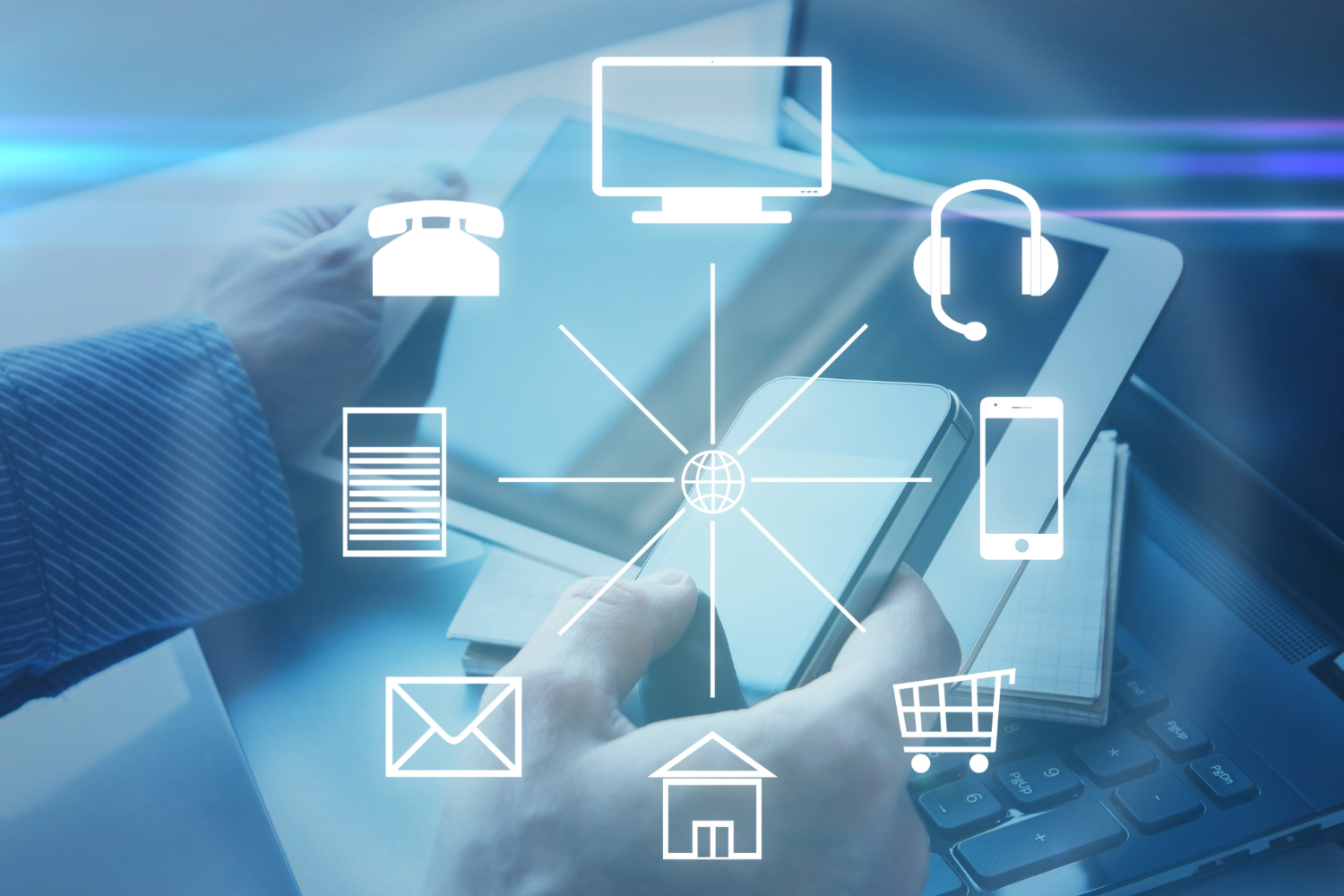In today’s fast-paced digital age, businesses face the challenge of connecting with their customers through various touchpoints seamlessly. The omnichannel environment has emerged as a solution to this challenge, allowing businesses to create a unified and consistent experience for their customers across different channels. In this article, we will explore the significance of the omnichannel approach, its benefits, and how businesses can successfully implement an omnichannel strategy to drive growth and customer satisfaction.
Understanding Omnichannel Marketing
Definition of Omnichannel
Omnichannel marketing refers to a multi-channel approach that provides customers with a seamless and integrated shopping experience across all touchpoints, be it online, offline, or mobile. It aims to create a unified brand experience, ensuring that customers can switch between channels effortlessly without losing continuity.
Key Features and Benefits
The core features of omnichannel marketing include centralized data management, real-time tracking of customer interactions, and personalized messaging. By adopting an omnichannel approach, businesses can enjoy several benefits, such as increased customer loyalty, higher engagement rates, and improved brand perception.
The Importance of the Omnichannel Approach
Meeting Customer Expectations

In today’s competitive landscape, customers expect a consistent and personalized experience regardless of the channel they choose. An omnichannel strategy allows businesses to meet these expectations, leading to higher customer satisfaction and retention.
Enhanced Customer Experience
A seamless omnichannel experience enhances customer satisfaction and reduces friction during the buyer’s journey. Customers can start their journey on one channel and complete it on another, enjoying a convenient and enjoyable shopping experience.
Data-Driven Marketing Decisions
An omnichannel approach generates vast amounts of customer data. By leveraging data analytics, businesses can gain valuable insights into customer behavior, preferences, and pain points. This data-driven decision-making enables businesses to optimize marketing efforts for better results.
Implementing an Effective Omnichannel Strategy
Integrating Online and Offline Channels
To create a successful omnichannel strategy, businesses must integrate their online and offline channels seamlessly. This integration can be achieved through technologies like customer relationship management (CRM) systems, which centralize customer data from various channels.
Utilizing Customer Data and Analytics
Analyzing customer data allows businesses to understand customer behavior better and personalize marketing efforts accordingly. By segmenting customers based on their preferences, businesses can deliver targeted messages that resonate with individual customers.
Personalization and Targeted Messaging
Personalization is at the heart of an effective omnichannel strategy. Tailoring content, offers, and recommendations based on customer data fosters a deeper connection with customers and increases the likelihood of conversion.
Leveraging Technology and Automation
Automation tools can streamline marketing workflows and ensure consistent messaging across channels. Chatbots, for instance, can provide real-time support to customers, enhancing their overall experience.
Best Practices for Omnichannel Success
Consistency across Channels
Maintaining consistency in branding, messaging, and customer experience across all channels is vital for an effective omnichannel strategy. This consistency reinforces brand identity and builds trust with customers.
Mobile Optimization
With the increasing use of smartphones, mobile optimization is critical for success in the omnichannel environment. Websites, apps, and other communication channels should be mobile-friendly to cater to the growing mobile audience.
Seamless Customer Journey
Eliminating friction points in the customer journey ensures a smooth transition between channels. Businesses must strive to create a seamless experience that allows customers to pick up where they left off, regardless of the channel.
Social Media Integration
Social media plays a crucial role in engaging with customers. Integrating social media into the omnichannel approach allows businesses to leverage these platforms for marketing, customer service, and brand awareness.
Case Studies of Successful Omnichannel Brands
Company A: Bridging the Gap between Online and In-Store
Company A, a retail giant, successfully bridged the gap between its online and in-store channels. Customers can order products online and choose to pick them up in-store, providing a flexible shopping experience.
Company B: Personalization at Its Best
Company B, an e-commerce company, excels in personalization. By utilizing customer data, they recommend products tailored to each customer’s preferences, resulting in higher conversion rates.
Company C: Using Social Media to Enhance Customer Engagement
Company C leverages social media platforms to engage with its customers effectively. They promptly respond to queries and use social media to announce exclusive deals and offers.
Challenges and Solutions in Omnichannel Implementation
Data Security and Privacy Concerns
Managing and safeguarding customer data across multiple channels can be challenging. Businesses must prioritize data security and implement robust privacy measures to protect customer information.
Integration of Legacy Systems
Integrating new technologies with existing legacy systems can pose obstacles. Adopting flexible and scalable solutions can ease the transition and ensure a smooth omnichannel experience.
Staff Training and Skill Development
Omnichannel strategies require a well-trained and knowledgeable workforce. Investing in staff training and skill development ensures that employees can effectively implement and manage omnichannel initiatives.
The Future of the Omnichannel Environment
Emerging Technologies
The omnichannel environment continues to evolve with the introduction of new technologies. Artificial intelligence, augmented reality, and voice-activated devices are expected to reshape the omnichannel landscape in the future.
Changing Customer Behavior
As customer behavior and preferences change, businesses must stay agile and adapt their omnichannel strategies accordingly. Keeping a finger on the pulse of customer trends will be crucial for future success.
Conclusion
In conclusion, the omnichannel environment has become a critical aspect of modern business strategies. By embracing an omnichannel approach, businesses can create a seamless and personalized customer experience that fosters loyalty and drives growth. Leveraging customer data, integrating channels, and staying abreast of emerging technologies will be key to thriving in this dynamic landscape.
You can also read this Omnichannel Enablement: Transforming Customer Engagement in the Digital Age




















































































